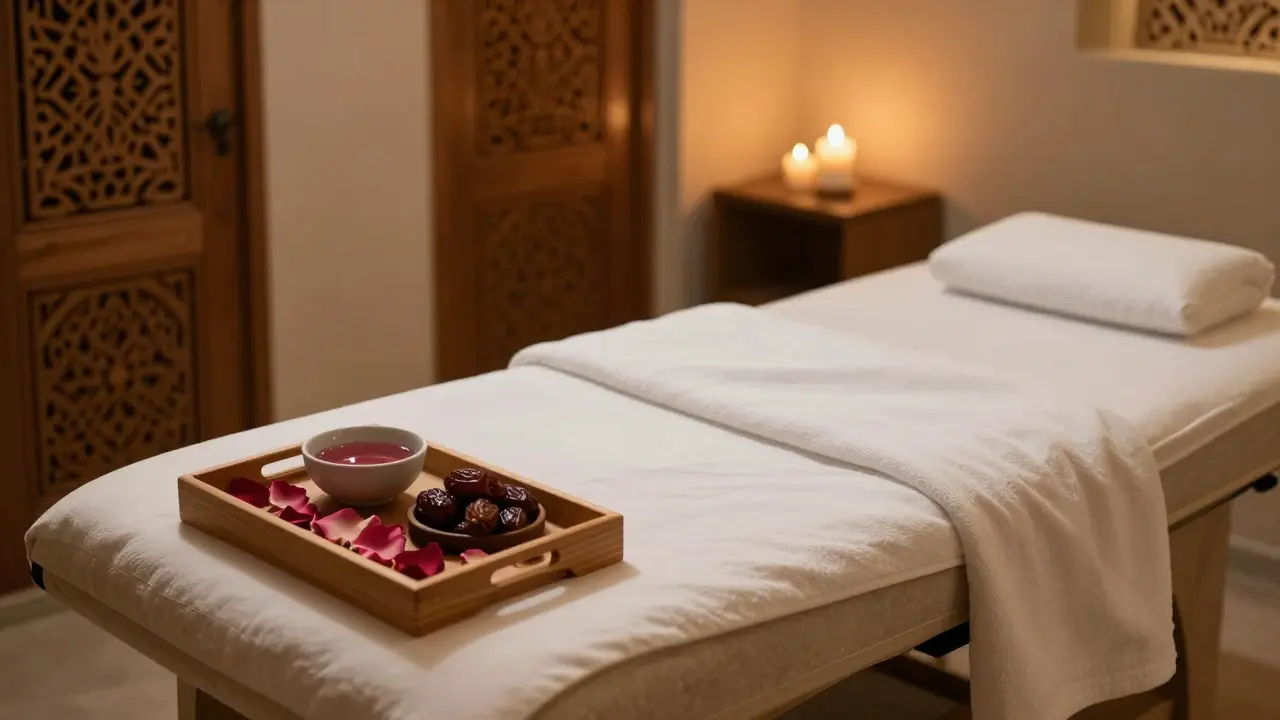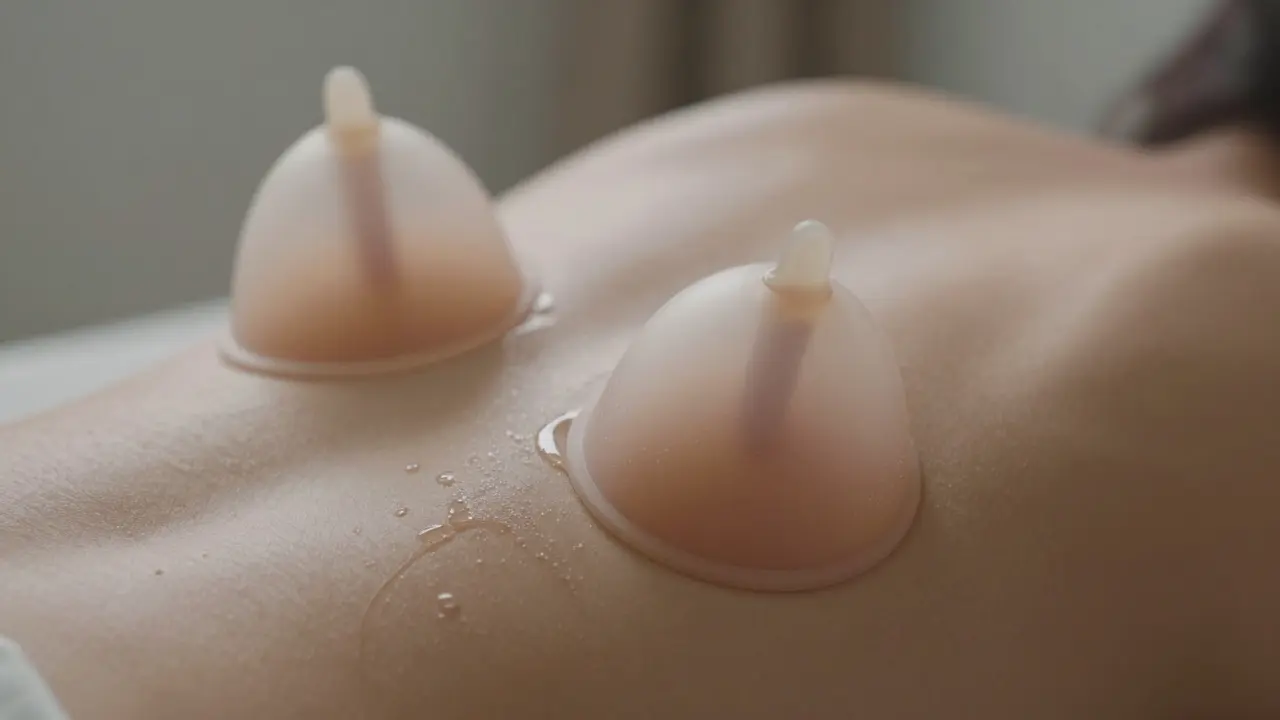Exfoliation Best Practices
When mastering exfoliation best practices, the set of techniques that safely remove dead skin cells for smoother, healthier skin. Also known as exfoliation, it helps improve skin texture, boost circulation, and enhance product absorption. Pair it with the right body scrub, a granular or enzymatic product that physically or chemically lifts away dead cells and you’ll notice an instant glow. Understanding skin health, the overall condition of your epidermis, is crucial because it determines how often and how intensely you should exfoliate sets the foundation for a routine that never backfires.
Key Elements in a Safe Exfoliation Routine
Frequency acts as a safety valve; most dermatologists suggest 1‑2 times per week for normal skin, once for sensitive or dry skin, and up to three times for oily or textured skin—but never more. The method you choose—wet versus dry—shapes the outcome. Applying a scrub on wet skin after a warm shower opens pores, letting the granules or acids reach deeper layers, while a dry‑skin application offers a light, brush‑like action that’s perfect for post‑sun exposure or irritated areas. Method selection also influences ingredient performance: sugar dissolves quickly on wet skin, delivering a gentle polish, whereas salt stays gritty on dry skin, offering a robust scrub for callused spots. Ingredient choice matters just as much. Physical exfoliants like sugar, salt, coffee grounds, or crushed apricot kernels provide direct abrasion, while chemical exfoliants—alpha‑hydroxy acids (AHAs) like glycolic or lactic acid, and beta‑hydroxy acids (BHAs) like salicylic acid—break down the glue that holds dead cells together. Enzymatic exfoliants derived from papaya or pineapple act like a soft sponge, perfect for sensitive complexions. The right ingredient aligns with the skin’s pH; most AHAs work best at a pH of 3.5‑4, so choosing a product with a balanced formula prevents over‑acidification that can lead to redness. Post‑exfoliation care is the final piece of the puzzle. A soothing moisturizer or serum rich in hyaluronic acid and ceramides restores the barrier that exfoliation temporarily lifts. If you’ve just used a chemical exfoliant, waiting 10‑15 minutes before applying other actives ensures they penetrate without irritation. Sun protection is non‑negotiable—exfoliated skin is more UV‑sensitive, so a broad‑spectrum SPF 30+ shields the fresh layer for the next 24‑48 hours. DIY enthusiasts often ask if homemade blends can match salon‑grade results. A simple mix of finely ground oatmeal, honey, and a splash of almond oil creates a calming scrub ideal for dry or eczema‑prone skin. For oily zones, blend coffee grounds with coconut oil and a few drops of tea tree oil; the caffeine stimulates circulation while tea tree offers antimicrobial benefits. Always perform a patch test—apply a small amount to the inner forearm for 24 hours—to confirm no allergic reaction before treating larger areas. Professional spa body scrubs add an extra layer of expertise. Many Dubai spas, including Blue Star Arabic Spa, combine warm stone massage with mineral‑rich scrubs that dissolve dead cells while boosting circulation. The heat from a sauna or steam room before exfoliation softens the outer layer, making the scrub more effective and reducing the risk of micro‑tears. However, excessive heat can dehydrate the skin, so limiting sauna sessions to 10‑15 minutes and re‑hydrating afterward is key. Safety tips round out the best‑practice checklist: avoid abrasive scrubs on broken or sunburned skin, never mix multiple strong acids in one routine, and listen to your skin’s feedback—persistent stinging, redness, or flaking signals it’s time to dial back. Seasonal adjustments also help; in winter, reduce exfoliation frequency and opt for gentler formulas, while in summer you can increase frequency slightly but always pair it with robust sun protection. All these factors—frequency, method, ingredient choice, post‑care, DIY versus professional options, and safety considerations—form a logical chain: exfoliation best practices require proper planning, the right tools, and attentive aftercare. Mastering each link ensures you reap the glow without compromising skin health.
Below you’ll find a curated set of articles that dig deeper into choosing the perfect scrub texture, mastering wet‑skin application, crafting safe DIY recipes, and navigating spa‑level exfoliation. Whether you’re a beginner looking for a simple routine or a seasoned spa lover fine‑tuning your regimen, the guides ahead give you actionable insights to keep your skin smooth, radiant, and healthy.






